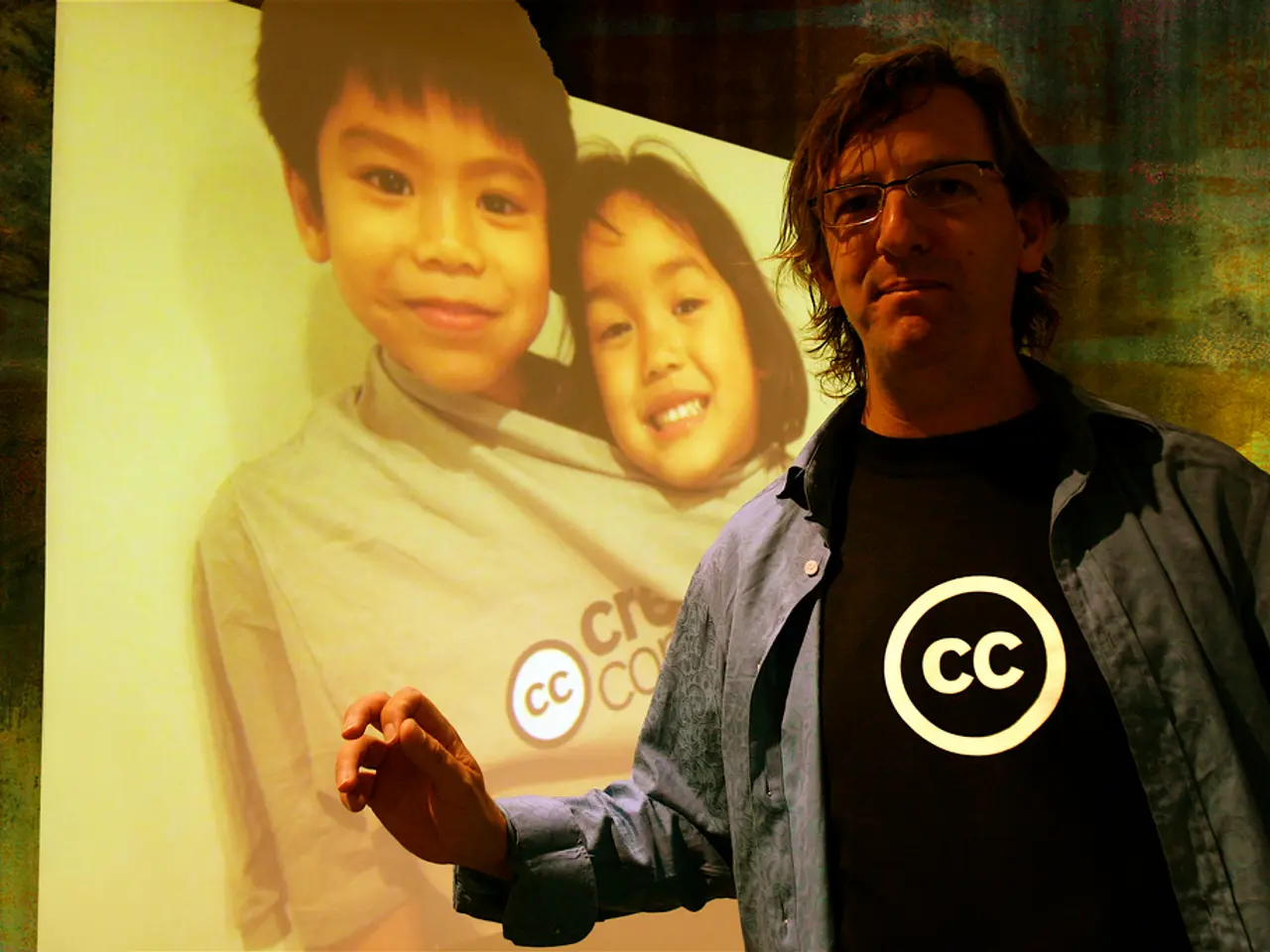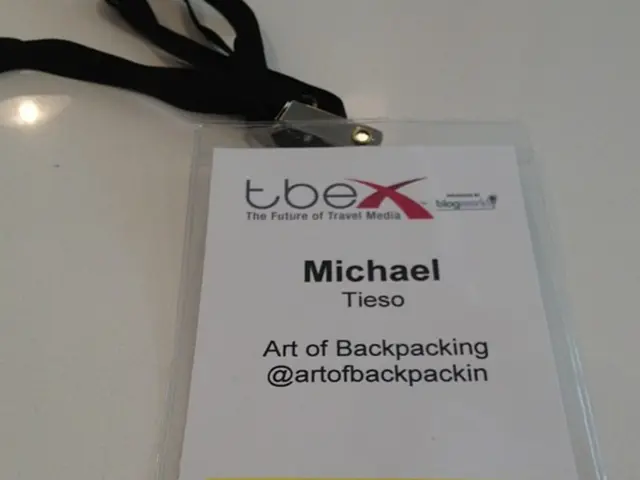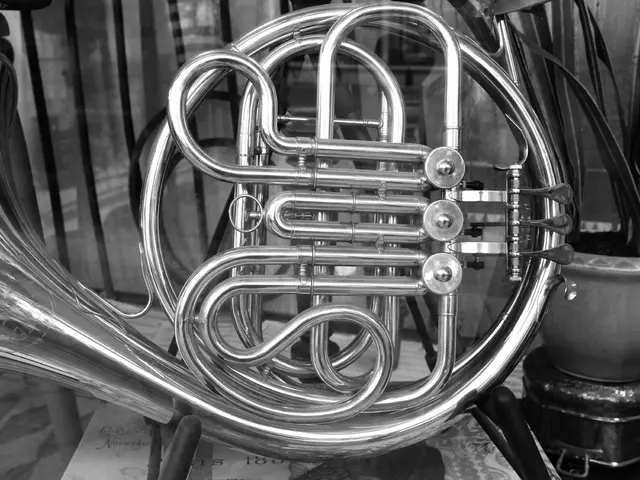Relationship Attachment: Understanding the Characteristics and Triggers of Avoidant Attachment
In the complex world of human relationships, understanding attachment styles can provide valuable insights. Two primary types of avoidant attachment styles - Dismissive-Avoidant and Fearful-Avoidant - have distinct characteristics that shape how individuals interact.
Individuals with a **Dismissive-Avoidant** attachment style prioritise independence and often exhibit traits such as emotional detachment, self-reliance, avoidance of intimacy, defensiveness, and a preference for practical or superficial conversations. They tend to maintain emotional distance, fearing that intimacy could threaten their autonomy.
On the other hand, those with a **Fearful-Avoidant** attachment style exhibit a mix of desire for closeness and fear of intimacy, leading to ambivalence in relationships and oscillating between seeking closeness and pushing others away due to fear of rejection or hurt. They have a strong desire for intimacy but fear vulnerability, leading to mixed signals in communication.
John Bowlby, a British psychiatrist, developed the theory of attachment, attempting to understand the distress of an infant separated from its parents. Mary Ainsworth systematically defined infant-parent separations, and Mary Main further built upon her work to define the four attachment categories in relationships. The four categories are: Anxious, Avoidant, Disorganized, and Secure.
Signs of an avoidant attachment style include entering a relationship quickly, focusing on flaws after 3-6 months, fear of commitment, sensitivity to even simple requests, emotional distance, fears of failure or perfectionism, and acting opposite to avoid being seen as weak or vulnerable.
When dating someone with an avoidant attachment style, it's essential to be aware of their behaviour and to maintain strong boundaries, express needs directly and clearly, and avoid seeking validation. It's also crucial to pose a bit of a challenge, not be afraid to say no, and be consistent yet flexible to help them tame their insecurities of fear and doubt.
It's important to note that avoidant individuals, despite their behaviour, need and want closeness and love. They may struggle with understanding what they are feeling on a deeper level and might be confused about what they really want or how to articulate it.
For those struggling with dismissive-avoidant attachment, a non-verbal approach may be beneficial, such as the use of various forms of "transitional objects". Therapy or adult relationship programs can also provide solutions for avoidant individuals.
Research shows that avoidant children are distressed by separation from their caregiver, even though they may not show it in their behaviour. Secure types, on the other hand, are generally happier in their relationships and lives compared to avoidant individuals.
In conclusion, understanding avoidant attachment styles can help us navigate relationships more effectively. By recognising the signs and adopting appropriate strategies, we can foster healthier, more fulfilling relationships.
- In the realm of human relationships, understanding attachment styles, as proposed by John Bowlby, can offer invaluable insights, particularly when examining avoidant attachment styles.
- The Dismissive-Avoidant attachment style, characterized by emotional detachment and independence, leaves individuals prone to shying away from intimacy due to fears of losing autonomy.
- On the flip side, Fearful-Avoidant individuals exhibit a complex mix of desire for closeness and fear of vulnerability, causing conflicting emotions and ambivalence in relationships.
- The attachment theory's development was marked by the works of Mary Ainsworth and Mary Main, who defined four attachment categories: Anxious, Avoidant, Disorganized, and Secure.
- Evidences of an avoidant attachment style include rapid entry into relationships, criticism after the initial phase, fear of commitment, emotional distance, and fears of failure or unattainable perfection.
- In relationships, it's crucial to establish boundaries, express needs clearly, and avoid seeking validation when dealing with individuals with avoidant attachment styles.
- Articulating feelings is challenging for avoidant individuals, as they may struggle with understanding and expressing their emotions on a deeper level.
- Transitional objects, non-verbal means of communication, and therapy or adult relationship programs can aid avoidant individuals in managing their attachment styles and fostering healthier relationships.
- Research implies that avoidant children, though they mask it through their behavior, experience distress from separation from their caregiver, while secure types generally exhibit happier relationships and lives.
- By acknowledging the signs of avoidant attachment styles and implementing effective strategies, individuals can forge healthier, more fulfilling relationships, promoting personal growth, career development, education-and-self-development, and overall mental health, wellness, and lifestyle.




